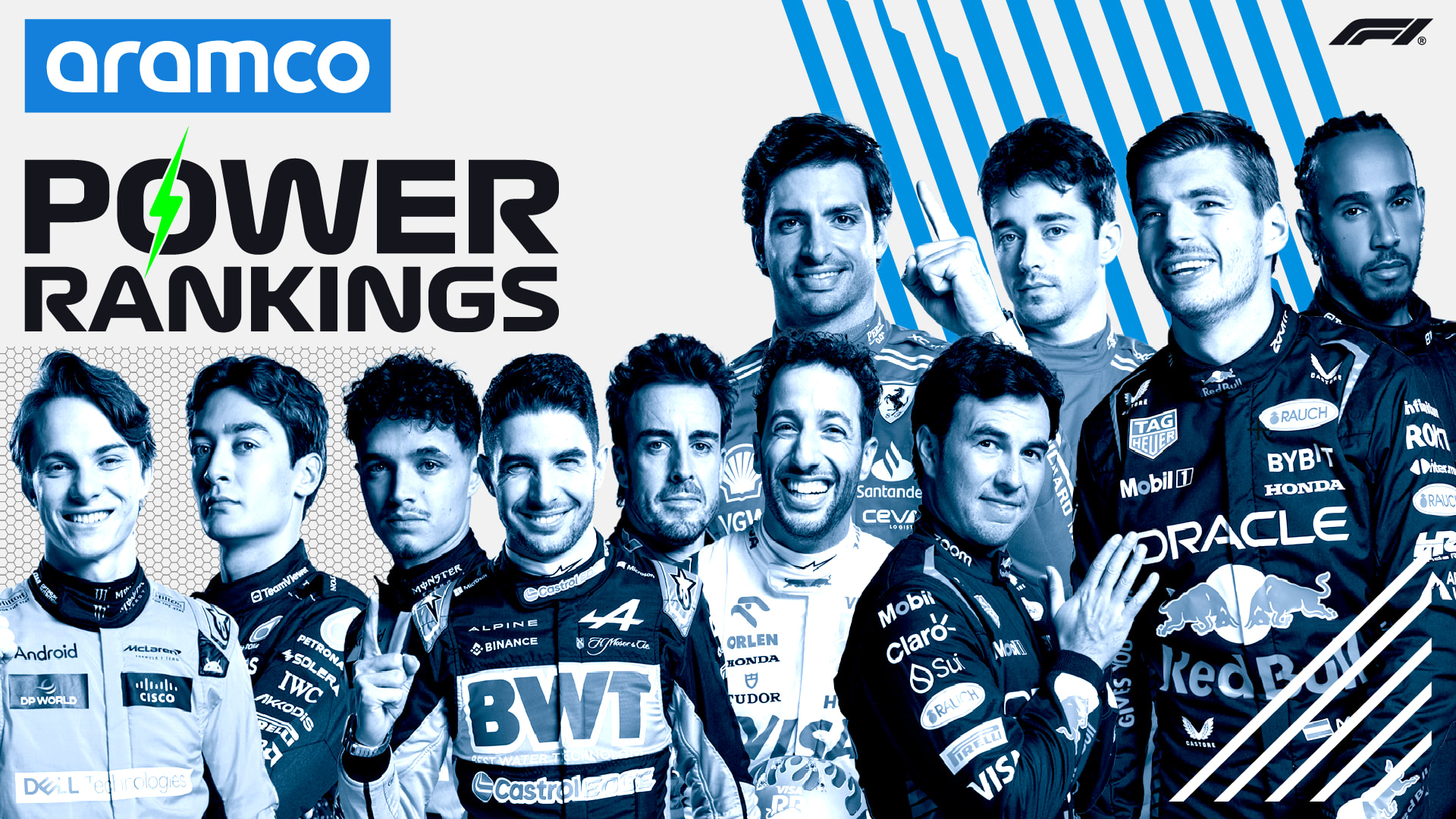How Long Does It Take to Charge an Electric Car?
Curious about EV charging times? Learn how long it takes to charge an electric car at home or on the go, with tips for new EV drivers.

Understanding Electric Car Charging Times
If you’ve ever considered switching to an electric car—or maybe you’ve just picked up your first EV—one of the first questions that likely comes to mind is, “How long does it take to charge an electric car?” It’s a fair question, and the answer is: it depends. But don’t worry, it’s not as complicated as it sounds once you understand the different charging levels and how they affect charging speed. Think of it like filling a glass of water—some taps run fast, others more like a trickle.
Quick reference: typical EV charging times
|
Charging type & power |
Typical time to 80% for a ~60 kWh battery |
Notes |
|
Level 1 (3‑pin plug ~2–3 kW) |
~20–24 hours |
Considered a last‑resort; RAC notes that charging via a three‑pin plug can take up to a day bppulse.com. |
|
Level 2 (home wallbox 7 kW) |
7–9 hours |
Adds roughly 10–30 miles of range per hour carwow.co.uk. |
|
Rapid DC (50 kW) |
60 min |
Carwow notes that a 50 kW charger can top a 50 kWh battery from 0–80% in under an hour carwow.co.uk. |
|
Ultra‑rapid (150–350 kW) |
15–40 min |
150 kW chargers can charge a 100 kWh battery in ~40 minutes carwow.co.uk, while the RAC says 350 kW units can refill in as little as 15 minutes bppulse.com. |
EV Charging Types and How They Affect Charging Time
Let’s break it down. There are three main types of EV charging: Level 1, Level 2, and DC Fast Charging. Each of these plays a different role in how long your electric car will take to juice up.
Level 1 charging is the slowest—it uses a regular household 120-volt outlet. This is what most people get right out of the box. It’ll give you around 3 to 5 miles of range per hour. So if you’re plugging in overnight and your commute is short, it might just work for you. But for most EV owners, this level is more of a backup.
Level 2 chargers are the sweet spot for home use and public charging. These run on a 240-volt outlet—like what your tumble dryer uses—and can provide 25 to 30 miles of range per hour. Many EV owners install Level 2 chargers at home to make daily charging quick and easy. This is the level most first-time EV drivers eventually settle into.
DC Fast Chargers are where things really speed up. Found at service stations and public charging hubs, these high-powered stations can charge a battery from 10% to 80% in around 20 to 40 minutes, depending on the car and battery size. Great for road trips, but not something you’d typically install at home.

Factors That Change EV Charging Time
Now, just to keep it interesting, the actual time it takes to charge an electric car can vary depending on a few things beyond the charger type. For example, the size of your battery plays a massive role. A compact EV like the MINI Electric has a smaller battery than something like a Tesla Model Y or Hyundai IONIQ 5, so it naturally takes less time to charge.
Temperature matters too. Cold weather can slow down charging speeds, especially on fast chargers. Battery health and age are factors as well—older batteries may not charge as quickly or as efficiently. Then there’s the charging curve: most EVs charge quickly up to about 80%, but that last 20% takes longer, just like the final stretch of a marathon.
How Long Charging Takes in Real-World Scenarios
Let’s say you’ve got a Nissan Leaf with a 40 kWh battery and you’re charging it with a Level 2 home charger. You’re looking at about 7 to 8 hours to go from empty to full. For a Tesla Model 3 on a Tesla Supercharger (which is a type of DC Fast Charger), you could add about 200 miles in just 15 minutes. Big difference, right?
If you’re using a regular wall socket—Level 1—you might be looking at 24 to 36 hours to fully charge a large EV battery. It’s not ideal unless your driving is minimal. On the flip side, newer EVs like the Kia EV6 and Hyundai IONIQ 6 can handle ultra-fast charging and top up in less than 20 minutes under the right conditions.
Planning Your Life Around Charging
Here’s the thing: EV ownership isn’t just about charging speed—it’s about charging smart. Most EV owners quickly get into the rhythm of plugging in at home overnight, just like charging a phone. Wake up, and it’s ready to go.
Public charging is evolving fast too. With apps like Zap-Map or PlugShare, you can plan routes based on charging stations and even see real-time availability. And many workplaces are adding Level 2 chargers to encourage employees to go electric.
For many new EV drivers, the real worry isn’t the actual time it takes to charge, but the fear of running out of power. Once you get used to the new routine and start thinking ahead a little more, it becomes second nature. No more waiting at petrol stations or dealing with price hikes—you just plug in and go.

Charging Time and Electric Car Reviews
If you’re shopping for your first EV, definitely check car reviews that mention charging time, not just range. Some models might have a great driving range but slow onboard chargers, which can be a bit of a drag unless you’re always using DC Fast Charging. Look out for auto reviews that test real-world charging performance, not just manufacturer specs. At Stance Auto Magazine, we always recommend looking at how a car handles in everyday life, and that includes charging convenience.
The Future of EV Charging
We’re just at the beginning of the electric revolution. With companies like Tesla, Rivian, and BMW constantly pushing boundaries—and charging networks expanding—it’s becoming easier and quicker to keep your EV charged up. Wireless charging pads and battery-swapping tech are already being tested in parts of Asia. Give it a few more years, and we’ll be laughing at the idea of waiting an hour to charge.
Until then, just remember: the best charging setup is the one that fits your lifestyle. Whether it’s overnight Level 2 charging at home or zipping into a fast charger on your lunch break, EVs give you flexibility, once you know what to expect.
Final Thoughts for First-Time EV Owners
Charging an electric car might seem like a hurdle at first, but once you get past the learning curve, it becomes a breeze. Think about your daily routine, check your home setup, and choose an EV that fits into your life, not the other way around. And hey, if you’re ever unsure, head over to Stance Auto Magazine for real-world automotive news, free car mags, and car reviews from people who live and breathe this stuff.
Call to Action
Do you have a build story like this one? Got a build on a budget? We want to see it. Submit your story to Stance Auto Magazine, and you could be the next featured owner showing the world how to do it right, without breaking the bank.
And hey, don’t forget to tag us on socials. Use #stanceautomag on Instagram, Pinterest and Facebook so we can see (and maybe feature) your ride.

Order Your Car Magazines From Our Amazon Book Store
Get Noticed Use our Hashtags - #stanceauto #stanceautomag #stanceautomagazine #modifiedcarmagazine
UKTM no: UK00003572459
 Like
0
Like
0
 Dislike
0
Dislike
0
 Love
0
Love
0
 Funny
0
Funny
0
 Angry
0
Angry
0
 Sad
0
Sad
0
 Wow
0
Wow
0

























































































.png)












![[HOONIGAN] Ken Block's GYMKHANA NINE](https://img.youtube.com/vi/_bkX5VkZg8U/maxresdefault.jpg)



































































































































